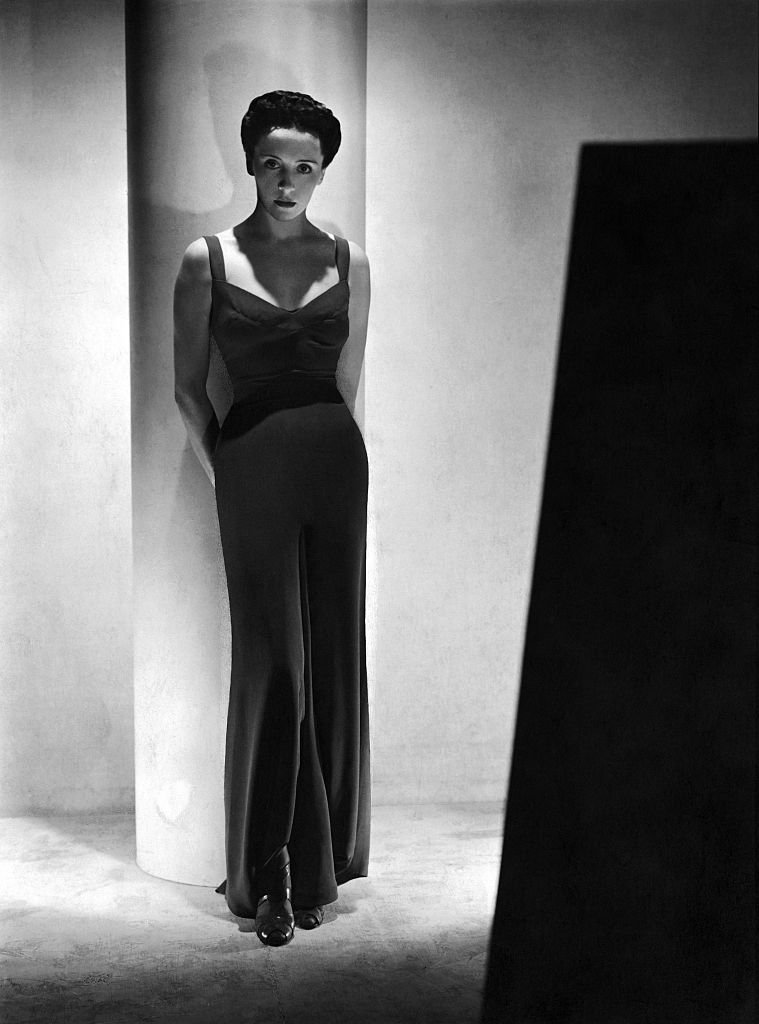


Labouisse was also known for her staunch public advocacy of the Free French cause after the Nazis occupied France in 1940. In wide demand as a lecturer after “Madame Curie” was published, Mrs. Labouisse’s biography, published three years after her mother died, does not mention it. Though the affair was a huge public scandal in France at the time, Mrs. Some modern critics, however, have taken it to task for drawing a veil over the less saintly aspects of Marie Curie’s life, notably her passionate affair with a married man in the years after Pierre’s death. In the 70 years since its publication, “Madame Curie” has endured as a classic of scientific biography, devoured by generations of academically minded girls. Reviewing the book in The New York Times (it was published by Doubleday, Doran & Company in 1937 in an English translation by Vincent Sheean), Charles Poore called it “a biography that stirs the heart and the mind by a fine counterpoint of sense and sensibility, a great story superbly told.”

The book quickly became a best seller and in 1943 was made into a Hollywood film, starring Greer Garson as Marie and Walter Pidgeon as Pierre. Labouisse’s admiring portrait followed her mother (née Marya Sklodowska) from her birth and girlhood in Poland through her education in France and her discovery, with her husband, of the radioactive elements radium and polonium. Published in 1937, “Madame Curie” chronicled the life of Marie Curie, who earned the Nobel Prize twice, first in physics in 1903 (the award was shared with her husband, Pierre Curie, and Henri Becquerel) and again in chemistry in 1911. Eve Curie Labouisse, a journalist and humanitarian best known for her biography of her mother, the Nobel Prize-winning scientist Marie Curie, died on Monday at her home on the Upper East Side of Manhattan.


 0 kommentar(er)
0 kommentar(er)
